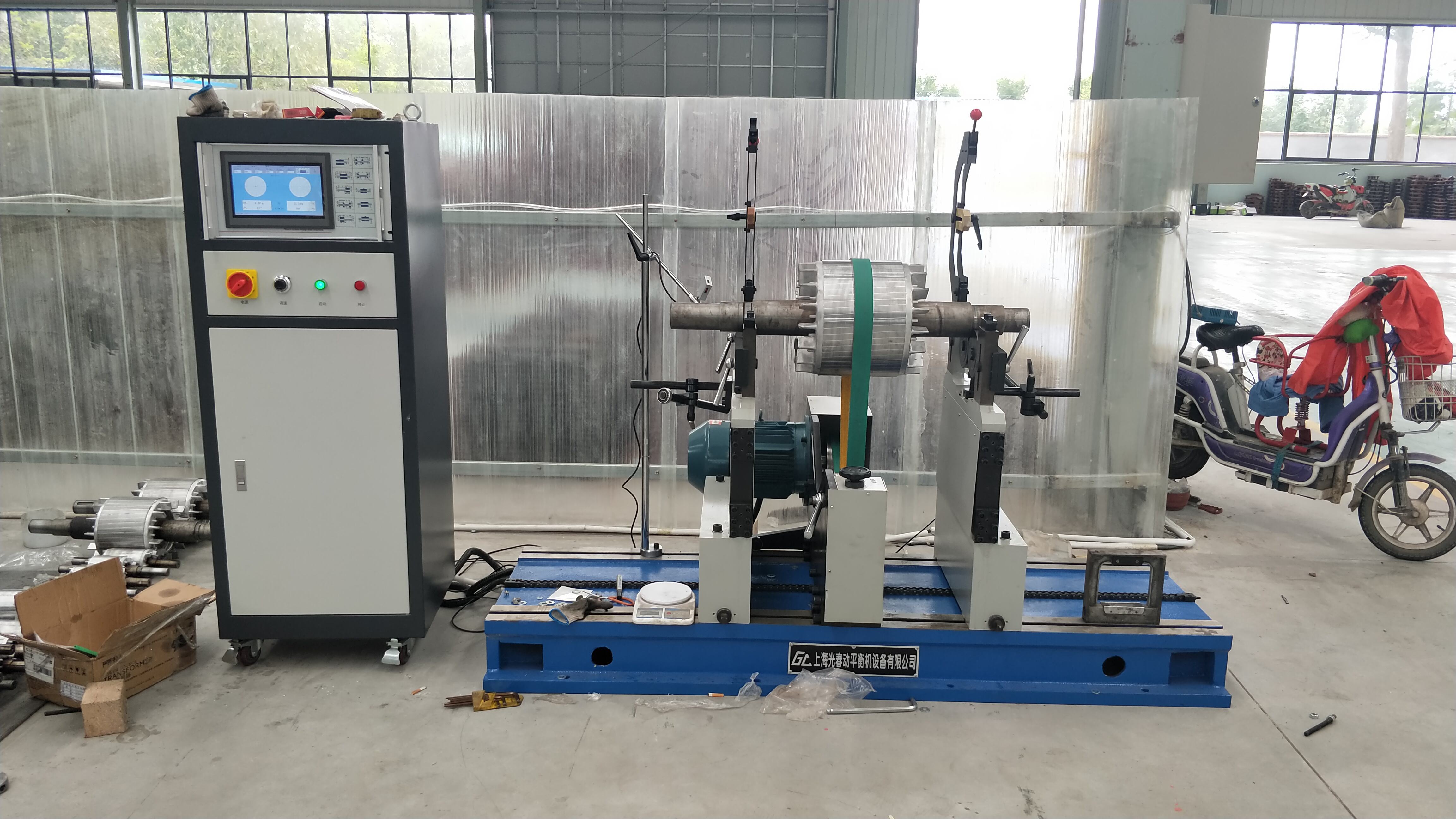Understanding the Fundamental Principles of Rotational Equilibrium
Dynamic balancing represents a crucial engineering process that ensures rotating machinery operates at peak efficiency and safety. This sophisticated technique goes far beyond simple static balance, addressing the complex forces that emerge when objects rotate at high speeds. In industrial applications, from massive turbines to small electric motors, dynamic balancing plays a vital role in preventing vibration, reducing wear, and extending equipment lifespan.
When machinery operates without proper dynamic balancing, the consequences can be severe. Excessive vibration can lead to premature bearing failure, increased energy consumption, and potentially catastrophic equipment breakdown. Modern industry relies heavily on precision-balanced equipment to maintain production standards and meet increasingly stringent operational requirements.
Core Components of Dynamic Balancing Systems
Measurement and Detection Equipment
At the heart of dynamic balancing technology lies sophisticated measurement equipment. Advanced sensors detect even minimal vibration patterns, translating mechanical movement into detailed digital data. These sensors, typically piezoelectric or laser-based systems, provide real-time feedback about the rotating assembly's behavior.
Modern balancing machines incorporate multiple sensors positioned at strategic points to capture comprehensive vibration data. This multi-point measurement approach ensures accurate detection of both static and couple imbalances, enabling precise corrections across different planes.
Analysis and Computation Systems
The raw data collected from sensors undergoes complex analysis through specialized software systems. These programs utilize advanced algorithms to determine the exact location and magnitude of imbalance. Real-time processing capabilities allow for immediate adjustments during the balancing process, significantly reducing the time required for achieving optimal balance.
Contemporary analysis systems can differentiate between various types of vibration, distinguishing imbalance-related issues from other mechanical problems. This diagnostic capability proves invaluable in industrial settings where multiple factors might contribute to equipment vibration.

The Physics Behind Dynamic Balancing
Centrifugal Force and Mass Distribution
Dynamic balancing fundamentally addresses the effects of centrifugal force on rotating components. When an object rotates, any slight irregularity in mass distribution creates centrifugal force, causing vibration and stress on the system. Understanding these forces requires consideration of both the mass distribution and the rotational speed of the component.
The relationship between rotational speed and imbalance force follows a square law - doubling the speed quadruples the imbalance force. This exponential relationship explains why proper dynamic balancing becomes increasingly critical at higher operational speeds.
Multi-Plane Balancing Theory
Complex rotating assemblies often require balancing in multiple planes to achieve optimal performance. This approach considers both static imbalance (center of gravity displacement) and couple imbalance (angular misalignment). Multi-plane dynamic balancing ensures comprehensive correction of all imbalance types, resulting in smoother operation across the entire speed range.
The mathematical principles behind multi-plane balancing involve vector analysis and phase relationships. Modern balancing equipment automatically calculates these complex relationships, providing precise correction weights and locations for optimal balance.
Implementation Techniques and Best Practices
Preparation and Initial Assessment
Successful dynamic balancing begins with thorough preparation. This includes cleaning and inspecting the component, verifying bearing condition, and ensuring proper mounting on the balancing machine. Initial runs establish baseline vibration readings and help identify any mechanical issues that might affect the balancing process.
Environmental factors such as temperature, humidity, and foundation stability can impact balancing accuracy. Professional technicians account for these variables and ensure optimal conditions before proceeding with precise measurements.
Correction Methods and Verification
Various correction methods exist for achieving proper balance, including adding or removing material, attaching balance weights, or making geometric adjustments. The choice of method depends on factors such as component design, material properties, and operational requirements. Each correction step is followed by verification runs to confirm the effectiveness of the adjustments.
Quality assurance procedures typically include multiple verification runs at different speeds to ensure the balance corrections remain effective across the operating range. Documentation of the balancing process, including initial and final readings, provides valuable reference for future maintenance.
Applications and Industry Impact
Industrial Applications
Dynamic balancing finds critical applications across numerous industries. In power generation, perfectly balanced turbines ensure efficient energy production and minimal maintenance requirements. The automotive industry relies on dynamic balancing for everything from crankshafts to wheels, while aerospace applications demand the ultimate in precision for jet engine components.
Manufacturing equipment, including machine tools and processing machinery, requires regular dynamic balancing to maintain production quality and equipment longevity. The paper and textile industries particularly benefit from balanced rollers and spindles that ensure consistent product quality.
Economic and Environmental Benefits
Proper dynamic balancing delivers significant economic advantages through reduced energy consumption, decreased maintenance costs, and extended equipment life. Balanced equipment operates more efficiently, requiring less power and producing less wear on components. These benefits translate directly to improved bottom-line performance for industrial operations.
Environmental benefits include reduced energy consumption, decreased raw material waste through longer component life, and lower noise pollution levels. These factors contribute to more sustainable industrial operations and improved workplace conditions.
Frequently Asked Questions
What is the difference between static and dynamic balancing?
Static balancing addresses the distribution of weight in a non-rotating component, similar to balancing a see-saw. Dynamic balancing considers additional forces that occur during rotation, including couple imbalance and the effects of speed on force distribution. Dynamic balancing is essential for components that operate at high speeds.
How often should dynamic balancing be performed?
The frequency of dynamic balancing depends on various factors including equipment type, operating conditions, and manufacturer specifications. Critical high-speed equipment may require quarterly checks, while less critical components might need annual balancing. Regular vibration monitoring helps determine when rebalancing is necessary.
Can dynamic balancing eliminate all vibration in rotating equipment?
While dynamic balancing significantly reduces vibration, achieving absolutely zero vibration is theoretically impossible. Other factors such as bearing condition, alignment, and structural resonance also contribute to equipment vibration. However, proper dynamic balancing can reduce vibration to levels well within acceptable operational limits.




